11 countries expected to shrink dramatically this century
Latest U.N. population report says 48 countries around the world are expected to see their populations decline by 2050

Your support helps us to tell the story
From reproductive rights to climate change to Big Tech, The Independent is on the ground when the story is developing. Whether it's investigating the financials of Elon Musk's pro-Trump PAC or producing our latest documentary, 'The A Word', which shines a light on the American women fighting for reproductive rights, we know how important it is to parse out the facts from the messaging.
At such a critical moment in US history, we need reporters on the ground. Your donation allows us to keep sending journalists to speak to both sides of the story.
The Independent is trusted by Americans across the entire political spectrum. And unlike many other quality news outlets, we choose not to lock Americans out of our reporting and analysis with paywalls. We believe quality journalism should be available to everyone, paid for by those who can afford it.
Your support makes all the difference.Generally, it's a safe assumption to predict that the world will be more crowded in the future.
People are continually reproducing and, barring some kind of major incident, the world's population is set to rise pretty steadily in the coming decades.
Case in point: The Population Division of the U.N. Department of Economic and Social Affairs recently released an updated set of population projections that estimated the world would reach 11.2 billion people by 2100, a 52 percent increase over current estimates.

As dramatic as this growth would be, some regions of the world are expected to grow far more than others. More than half of the global population growth in the next 35 years is expected to happen in Africa, for example, but on the the other hand, some countries aren't expected to see any population growth at all.
In fact, the latest U.N. population report says 48 countries around the world are expected to see their populations decline by 2050. It also identifies 11 countries that, for reasons such as declining birth rates and emigration, are expected to lose more than 15 percent of their population in the coming decades.
If trends continue, things could get even more dramatic. According to the latest U.N. prediction, some countries are expected to lose more than half of their population by 2100. Of course, these are just projections and things could certainly go another way -- the United Nations believes there is a 23 percent chance the world's population will stabilize or even drop by 2100, for example.
Below you can see charts for the 11 countries expected to lose the most population by 2100.


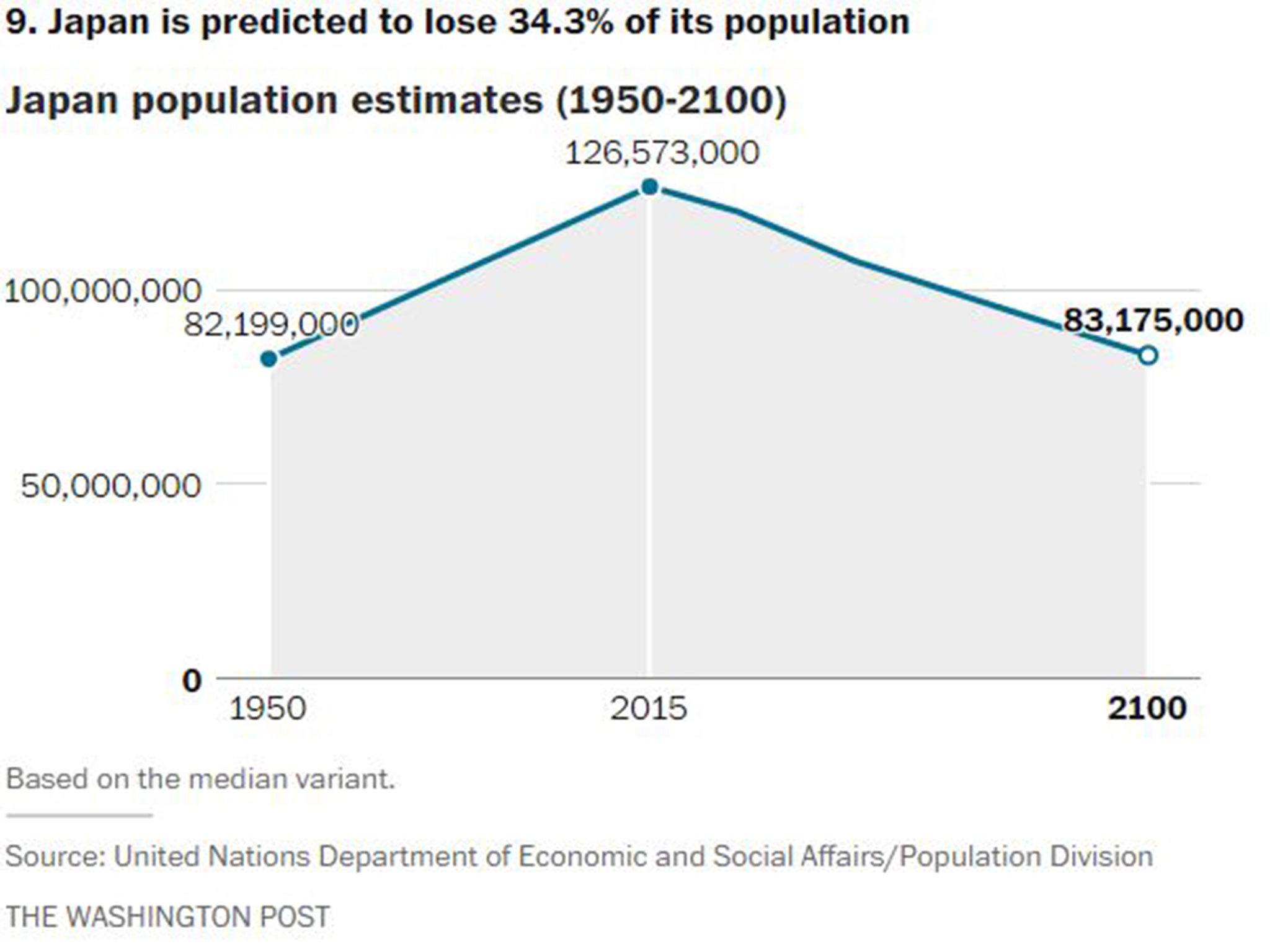
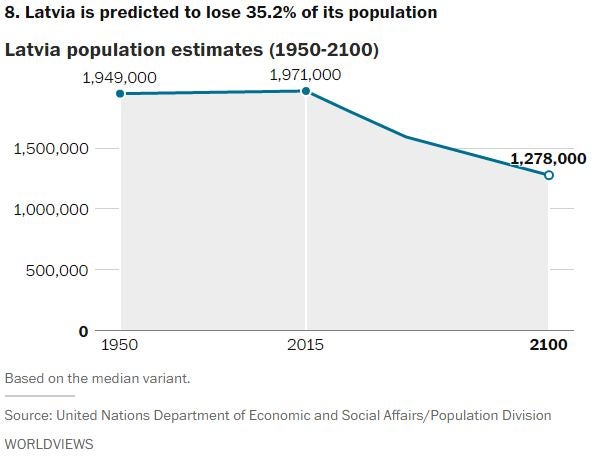
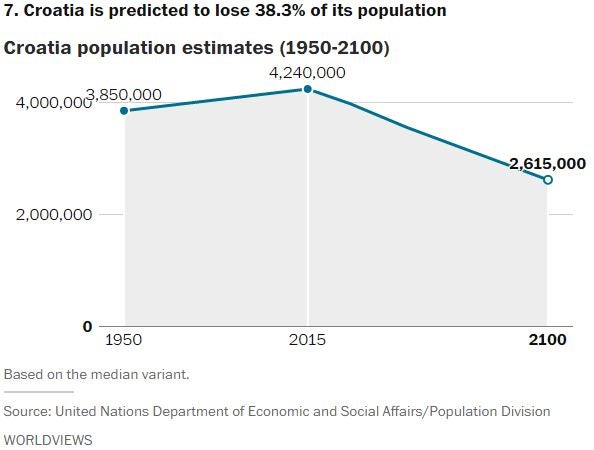
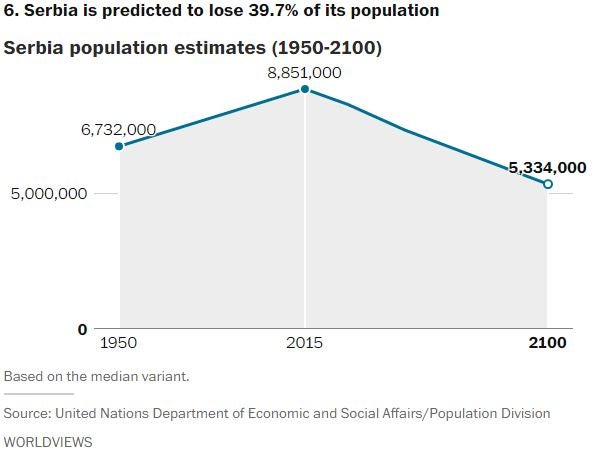
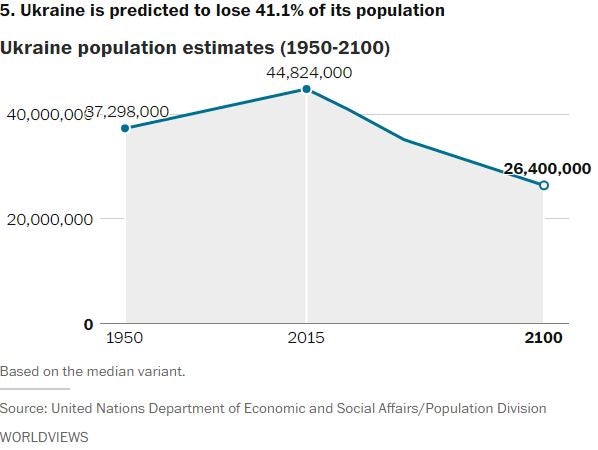
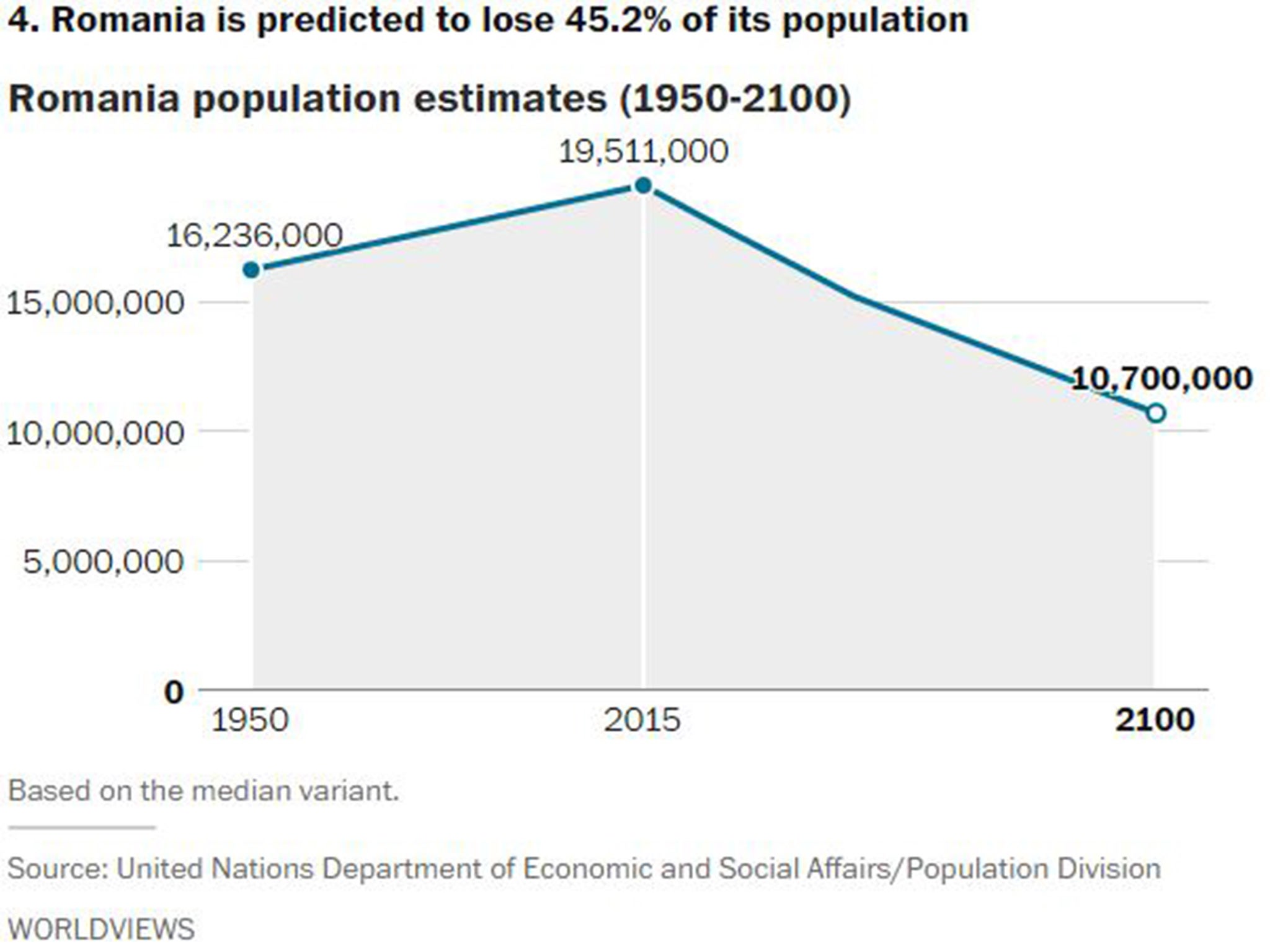
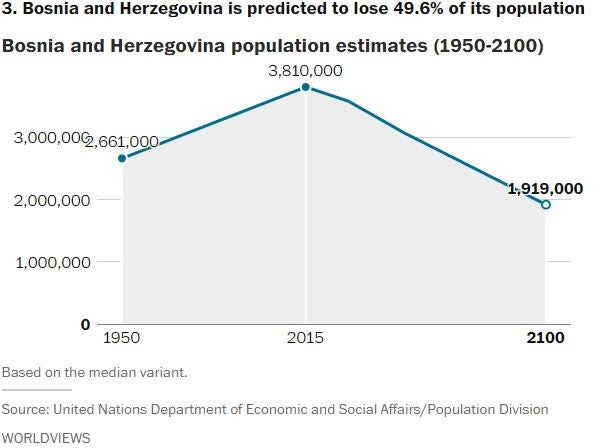

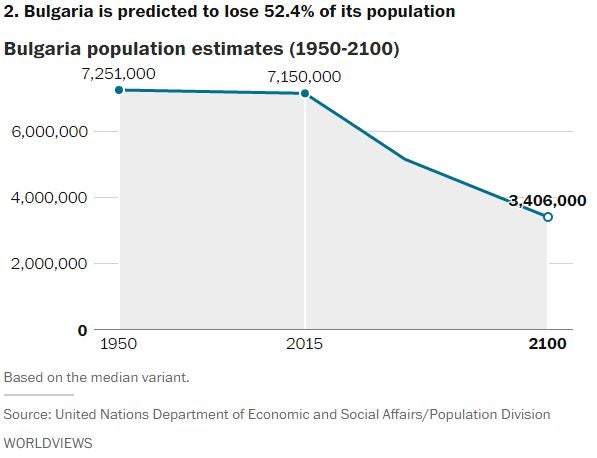
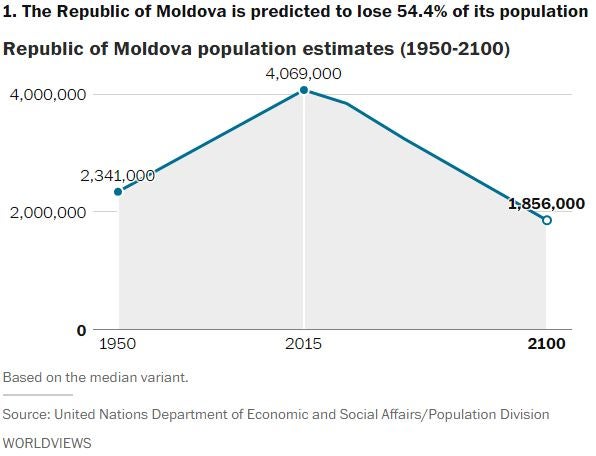
© Washington Post
Join our commenting forum
Join thought-provoking conversations, follow other Independent readers and see their replies
Comments